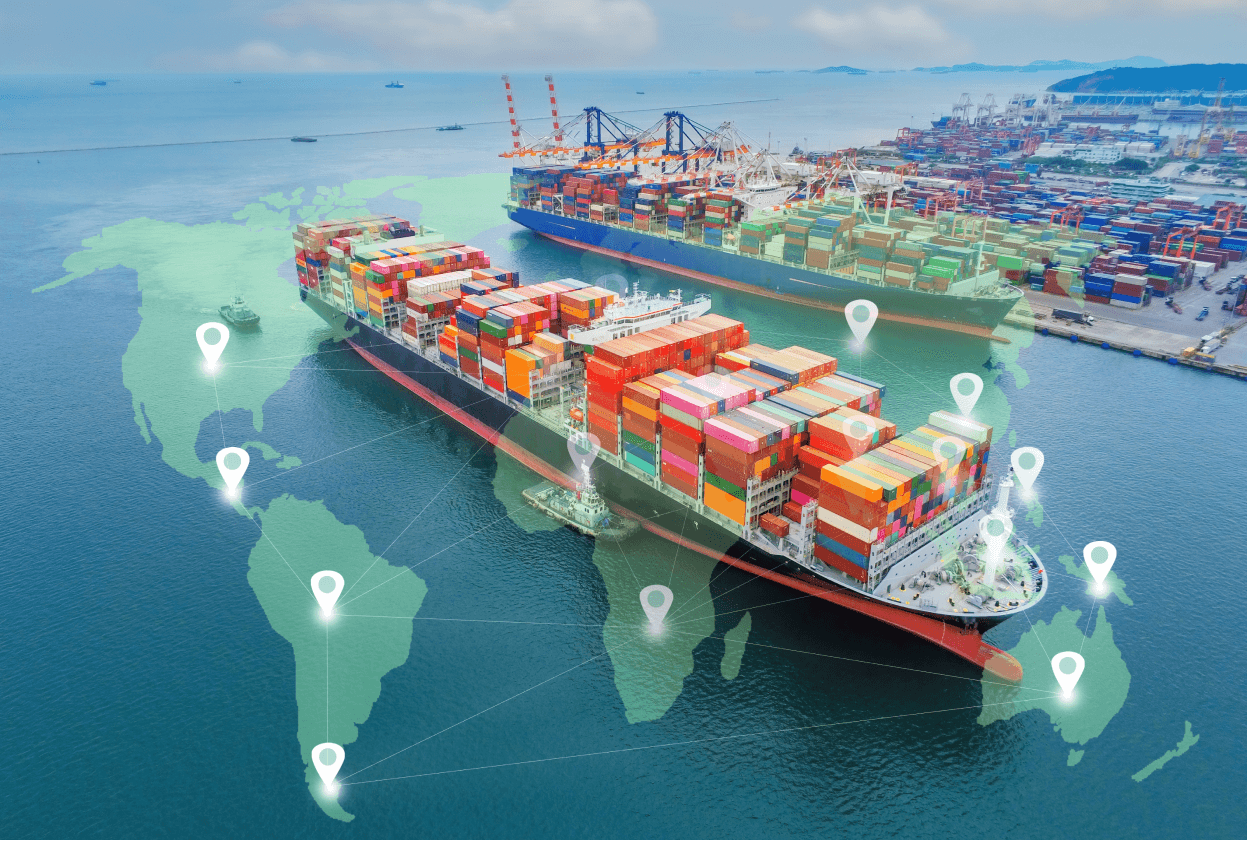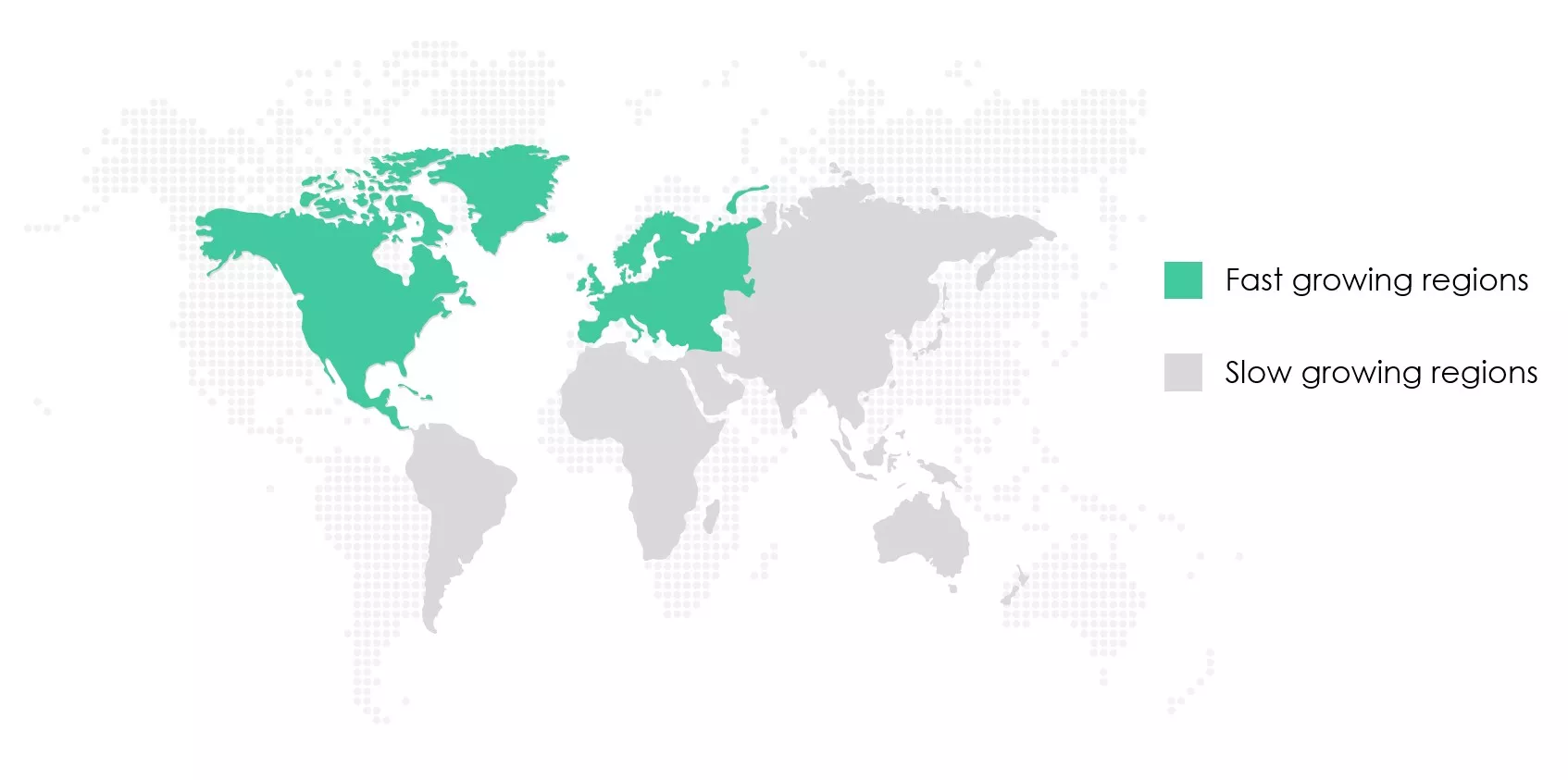What advantages does the Estimated Time of Arrival (ETA) provide to our customers?
The use of machine learning technology to predict the Estimated Time of Arrival (ETA) in shipping offers several advantages…
When it comes to moving goods around the world, container shipping is an integral part of the supply chain that links manufacturers to retailers to consumers. The number of containers shipped each year and the size of the vessels involved have both increased dramatically over the past three decades. Delays in the supply chain and subsequent cost increases make consistent container route scheduling crucial to the success of the shipping industry as a whole. frames than it does over shorter ones.
Using the power of Machine Learning computing, Asean Lines Smart Route built a Neural Network model to forecast transit times by feeding it information about past shipments and information about the factors that tend to have the greatest effect on the reliability of transit times (such as traffic at ports, holidays, COVID-19, war, etc.). We discovered that the Neural Network model may provide a partial solution to this issue, as it outperforms more traditional methods over longer time frames than it does over shorter ones.


Logistics firms, which are involved in the movement, storage, and flow of goods, have been directly affected by the COVID-19 pandemic. As an integral part of value chains, both within and across international borders, logistics firms facilitate trade and commerce and help businesses get their products to customers.
Supply chain disruptions are expected to significantly increase over the next few decades. Congestion at ports and maritime chokepoints such as the Suez Canal represents a major factor in shipping delay. The continuously growing industry is expected to further increase this problem. Besides congestion at ports and maritime chokepoints, bad weather also causes delay of container vessels. Extreme weather events often lead to severe disruptions in supply chains, in particular affecting transportation. Notably, the frequency of extreme weather events is increasingly changing around the world due to climate change. Predicting these delays could result in significant cost savings from optimizing operations. Due to the numerous changing variables involved, there is no current solution to these delays.
The use of machine learning technology to predict the Estimated Time of Arrival (ETA) in shipping offers several advantages…
Machine learning technology has significantly improved the accuracy and reliability of Estimated Time of Arrival (ETA)…
Machine learning is a form of artificial intelligence that enables a system to learn from data rather than through explicit programming.
The logistics services software market has the potential to grow by USD 2.92 billion during 2021-2025, and the market’s growth momentum will accelerate at a CAGR of 10.40%.
This logistics services software market research report provides valuable insights on the post COVID-19 impact on the market, which will help companies evaluate their business approaches. Based on our research output, there has been a positive impact on the market growth during and post COVID-19 era. The growth of the e-commerce industry is notably driving the logistics services software market growth, although factors such as growing number of malfunction cases related to WMS software may impede market growth. To unlock information on the key market drivers and the COVID-19 pandemic impact on the logistics services software industry.

North America projects to register the highest growth rate of 34.96% among the other regions. Therefore, the logistics services software market in North America is expected to garner significant business opportunities for the vendors during the forecast period.